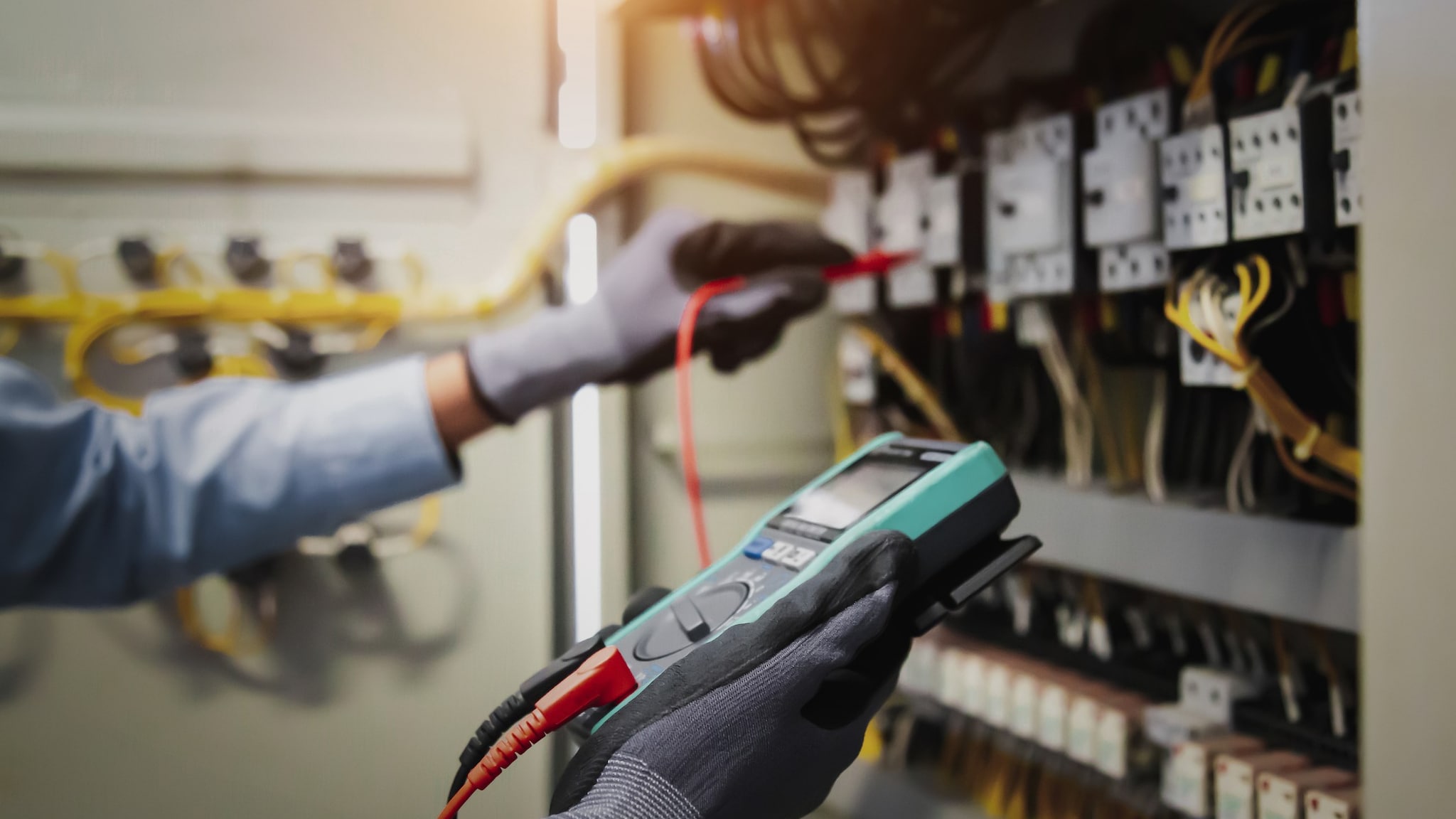Key points
- Only work on energized equipment or distribution systems if you are qualified and using appropriate PPE.
- Understand approach distances from energized powerlines.
- Make sure proper energy control procedures are used/followed and verify de-energization.

Why it's an issue
Many workers are unaware of the potential electrical hazards present in their work environment when completing tasks that involve electricity.
Electrical hazards
- Electric shock and burns from contact with energized parts
- Injury from exposure to arcing
- Fire from faulty electrical equipment or installations
Arcing occurs when electricity jumps from one circuit to another.
Qualified vs. unqualified persons
Qualified persons
The only people that should do electrical work are qualified persons.
Qualified persons are trained to work on or near energized parts. They must have the skills and techniques necessary to distinguish exposed energized parts from other parts of electric equipment.
Qualified persons whose work on energized equipment involves direct contact or contact through tools or materials must also have training on appropriate PPE and electrical safety procedures.
Unqualified persons
Unqualified persons should not work on energized parts.
Unqualified persons should stay 10 feet away from energized parts.
Electrical injuries
Electrical injuries can be fatal.
There are four main types of electrical injuries:
- Electrocution (fatal)
- Electric shock
- Burns/Arc blast
- Falls from height
Fatal falls from height commonly involve ladders and are caused from contact with overhead electrical lines.
For more information about electrical injuries in construction, see CPWR Electrical Injuries in Construction.
For information about electrical injuries and fatalities, see IIF Databases : U.S. Bureau of Labor Statistics.
Industries at risk
2018-2020
The utility and construction industries had the highest rates of injuries from exposure to electricity that resulted in days away from work. (BLS SOII Case and Demographic Data)
2020-2022
The highest number of electrocutions occurred in three industries (BLS CFOI Data):
- Construction
- Manufacturing
- Trade, transportation, and utilities
For more information on high-risk industries, see IIF Databases : U.S. Bureau of Labor Statistics.
Recommendations
Employers and managers should only assign electrical work to qualified persons.
To prevent electrical injury, qualified persons should:
- De-energize electrical circuits before doing any type of work.
- Use lockout devices to prevent a circuit from becoming energized.
- Use an AC voltage tester to verify that the electrical power is off.
- Use insulated tools and PPE when working with live electricity.
